Strategy
According to Martinez, most Glad Beast decks follow a first turn combo-heavy strategy. They churn out a stream of summons to either make an unbreakable board on turn one or OTK on turn two. Martinez used an altogether different approach. His deck aimed to go second, but instead of hitting his opponent all at once, he opted for a slower, grindier strategy. He made sure he could put monsters on the board and attack with them consistently. Turn after turn, he gradually wore his opponent's life points down to zero. This strategy, he explained, was less vulnerable to disruptions like Ash Blossom & Joyous Spring, Infinite Impermanence, or Nibiru, the Primal Being, the latter being especially threatening to what is normally a high-volume summon deck.
Are You Not Entertained?!
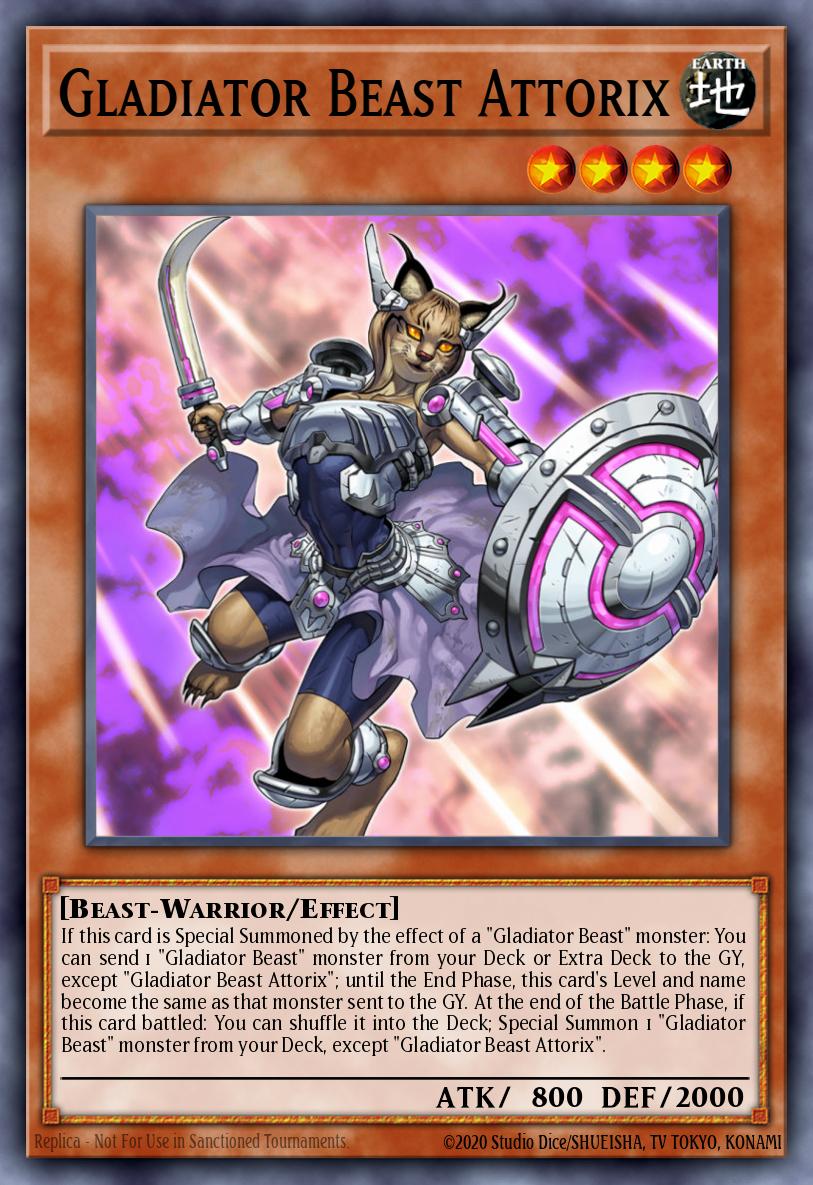
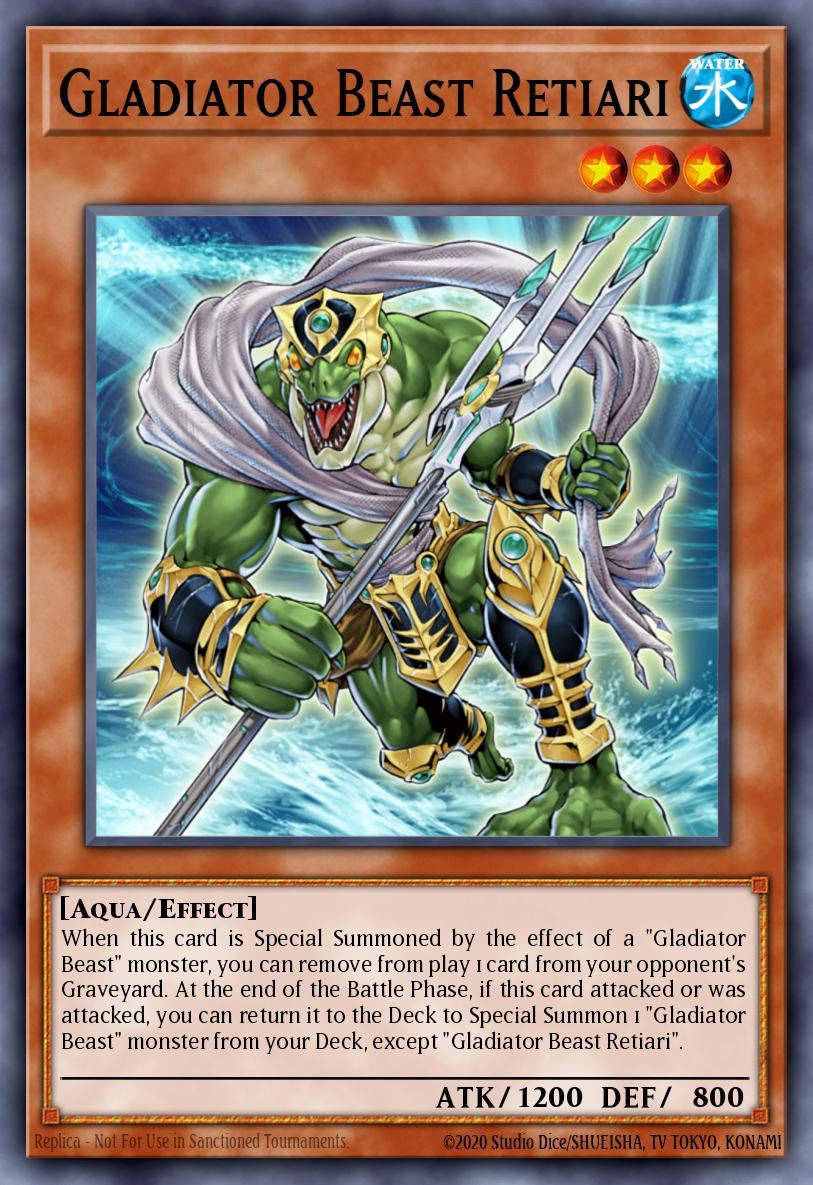
Martinez ran a high Gladiator Beast monster count, inluding Bestiari, Equeste, Sagittarius, and Augustus, among others. These monsters accomplished a range of objectives, from board breaking to recursion to extending. Of them two are particularly noteworthy. Martinez shouted out Gladiator Beast Attorix as being essential to the OTK play. Her ability to substitute as any Gladiator Beast can help facilitate the right Fusion summons. Martinez also noted how useful Gladiator Beast Retiari was as an in-archetype D.D. Crow. It disrupted his opponents' graveyard plays and helped his long-term playstyle.
Martinez also used the archetype's new spells from Chaos Impact to great advantage, even against common meta calls. Gladiator Beast's Comeback is a non-once-per-turn Monster Reborn that also summons from hand. The fact that it doesn't target in the graveyard also helps it play around Called by the Grave and the fast-rising D.D. Crow. Gladiator Beast United helped Martinez play around Nibiru by fusing from field, hand, or grave. It does so in the battle phase, when Nibiru isn't live.
The Techs
This deck aims to attack going second and Martinez committed to this style by putting Dinowrestler Pankratops in the main deck. However, this beater and removal also fits into the Glad Beasts' main strategy. Test Panther, one of the most important cards in the extra deck, only requires one Glad Beast and one generic monster to make. Since Martinez goes second, Pankratops makes for an easy summon that can help him go into his Extra Deck, in addition to its other offensive benefits.
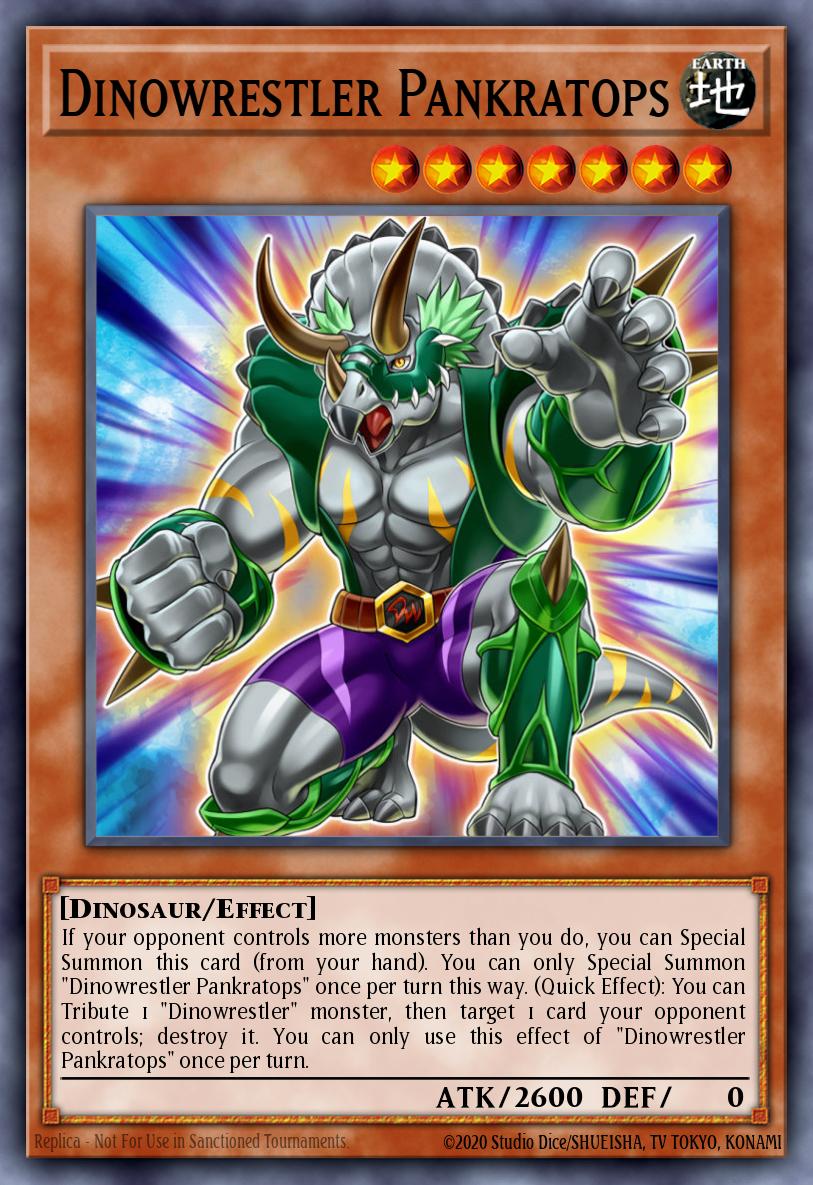
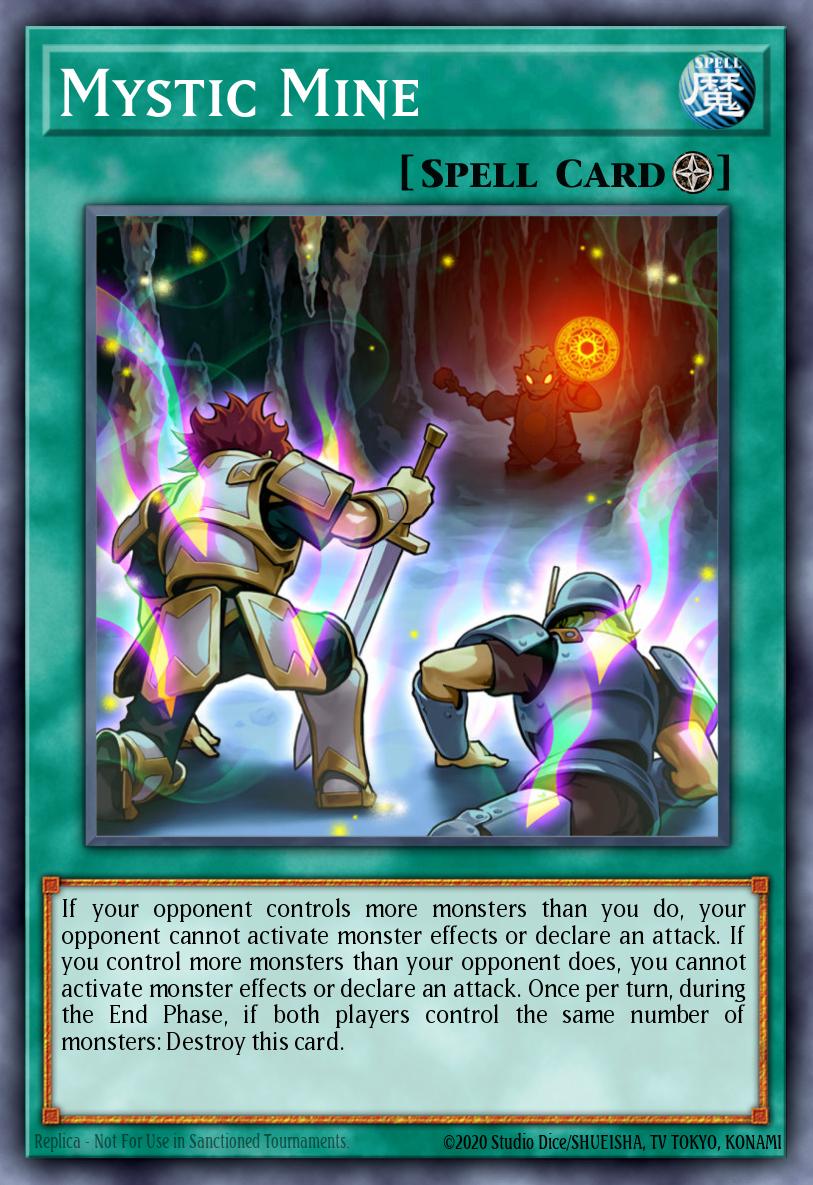
Martinez aimed to slow his duels down. Mystic Mine facilitated this by punishing his opponent's large boards and preventing them from attacking or using monster effects. He would then commit to a smaller board - often just one monster - and poke at his opponent. Mine also stopped his opponent's monster effect disruptions, like Ash and Nibiru. A common counter to large boards, Evenly Matched, has particularly good synergy with the Glad Beasts. Martinez could attack with the Beasts, trigger their tag-out effects, then chain Evenly Matched while his board was empty. The Glad Beasts finally get monsters back on the board after Evenly Matched resolves. Essentially, Martinez could use Evenly Matched to its fullest potential without sacrificing his own tempo or card advantage.
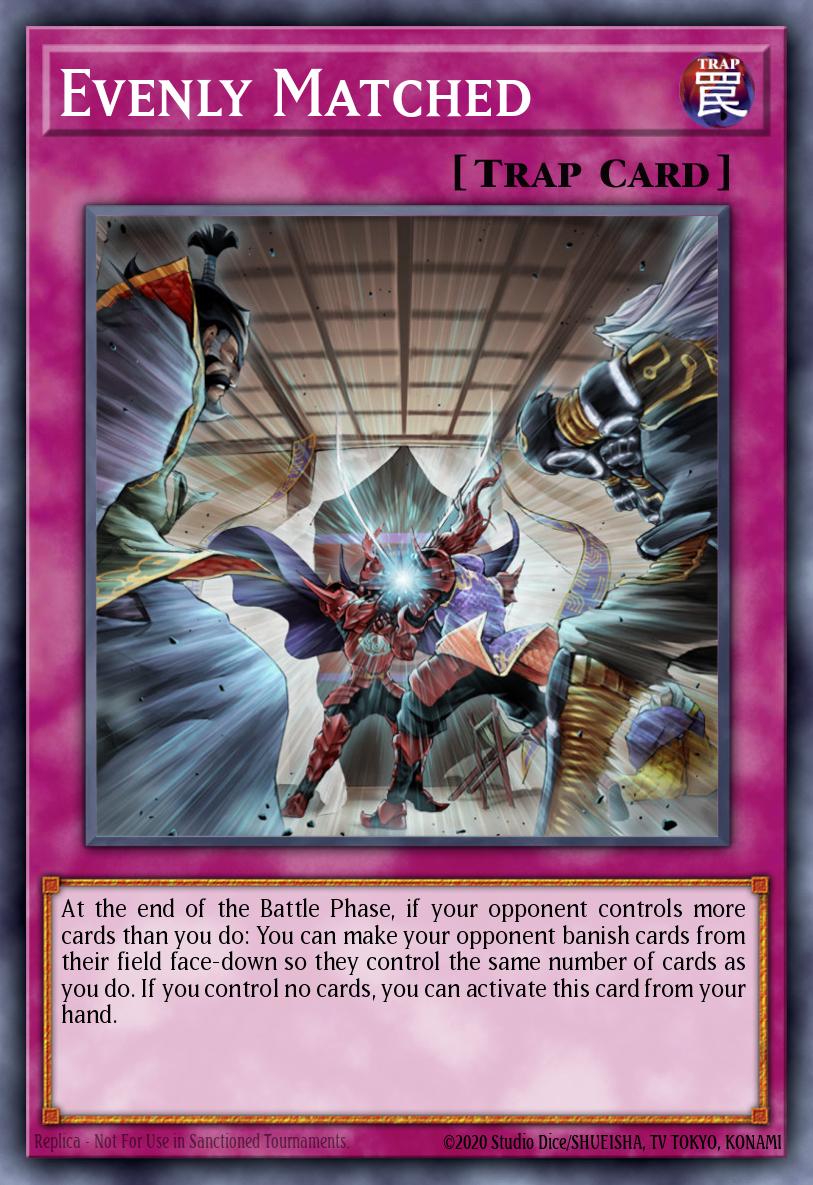
Summary
By altering the deck's central strategy, getting the most value out of both old and new support, and adding synergistic generic support, Yobani Martinez created a formula that took an unexpected deck to a new competitive height. In a format that has grown rather repetitive, a result like this is a breath of fresh air. We may never see Gladiator Beasts top again in the near future. But it still goes to show how "weaker" or "old" decks can still make it with a combination of creativity and determination.




